Body Heat
Sandra Rocha & Luísa Cardoso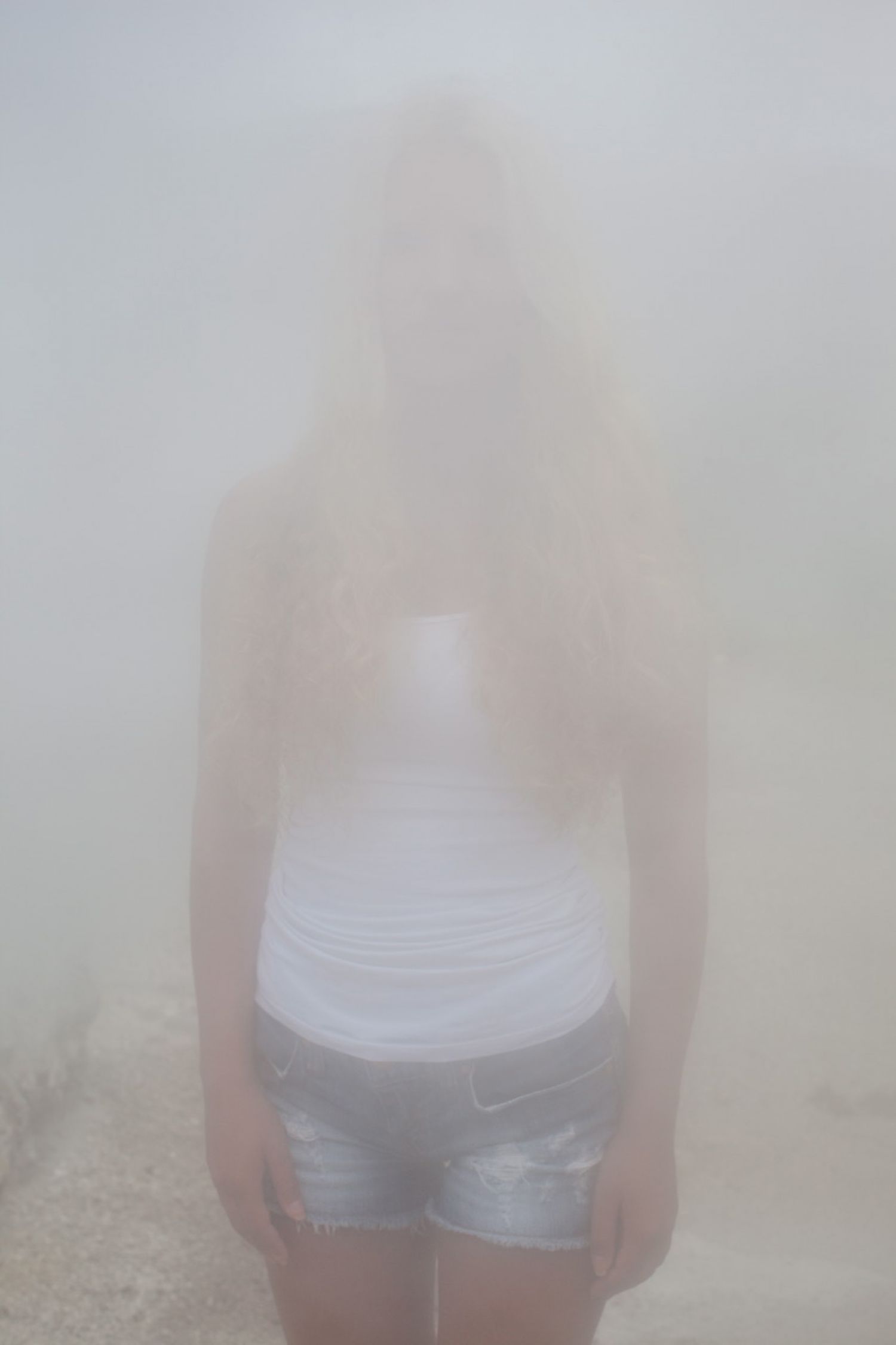
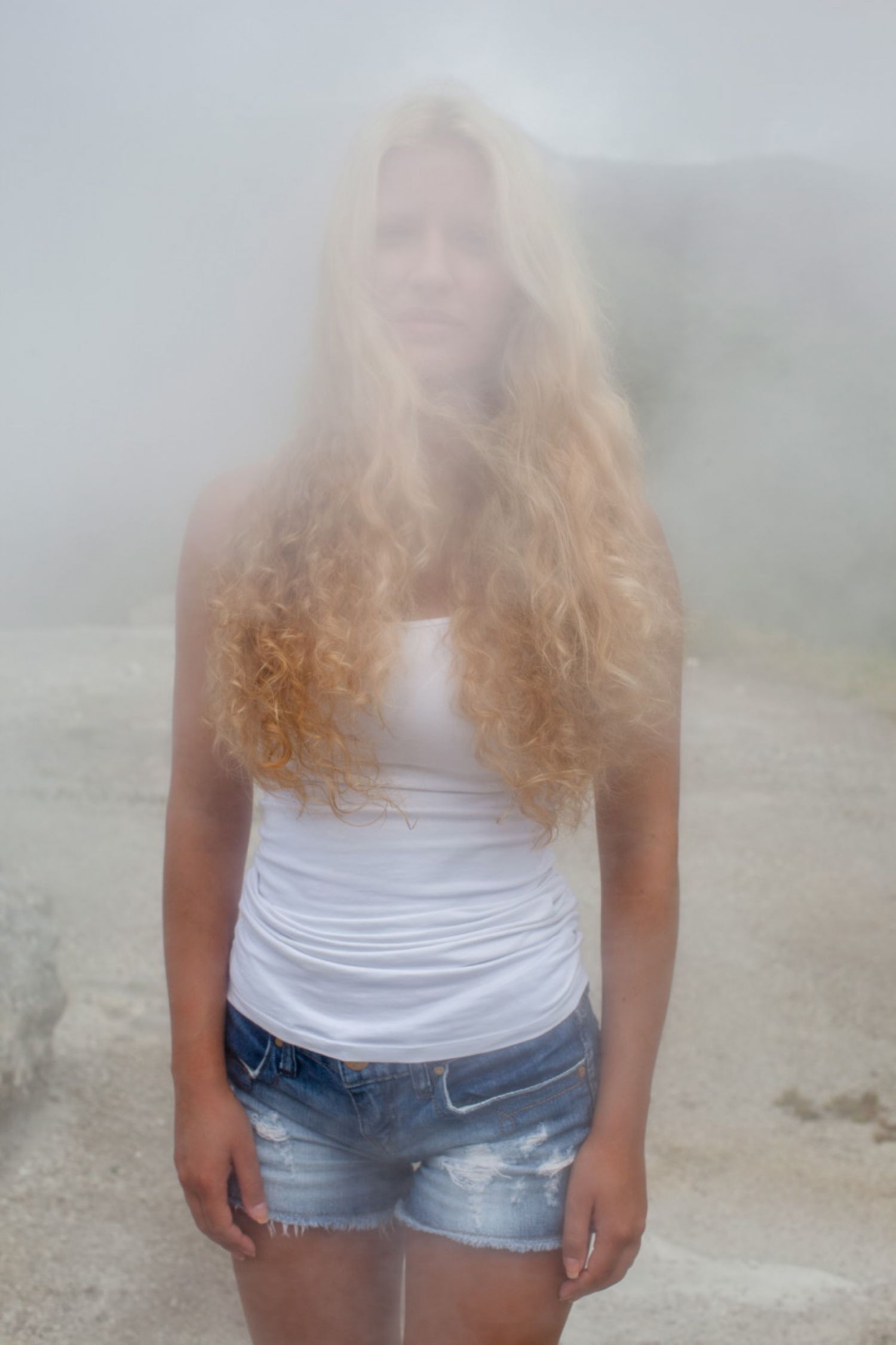
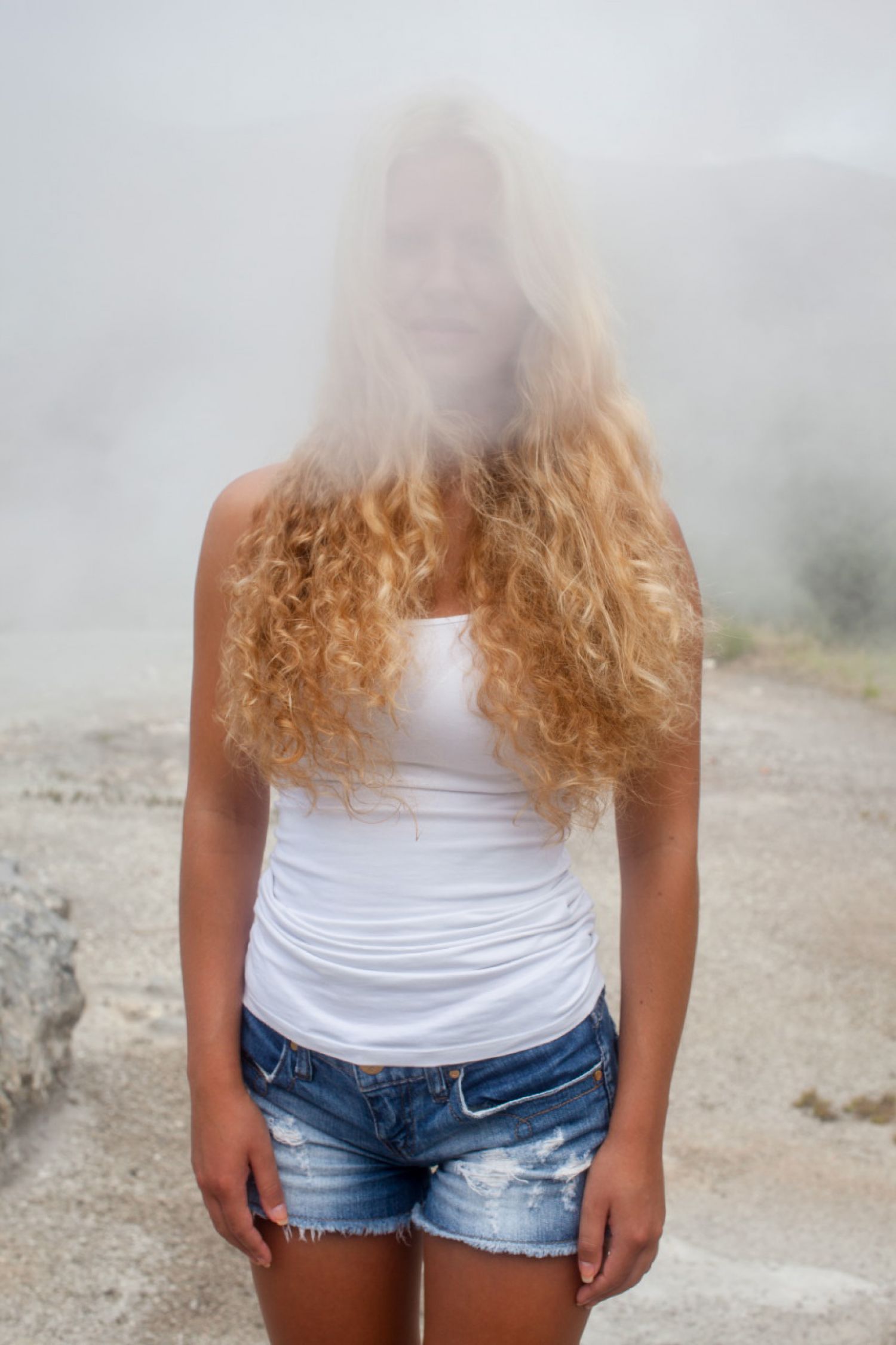
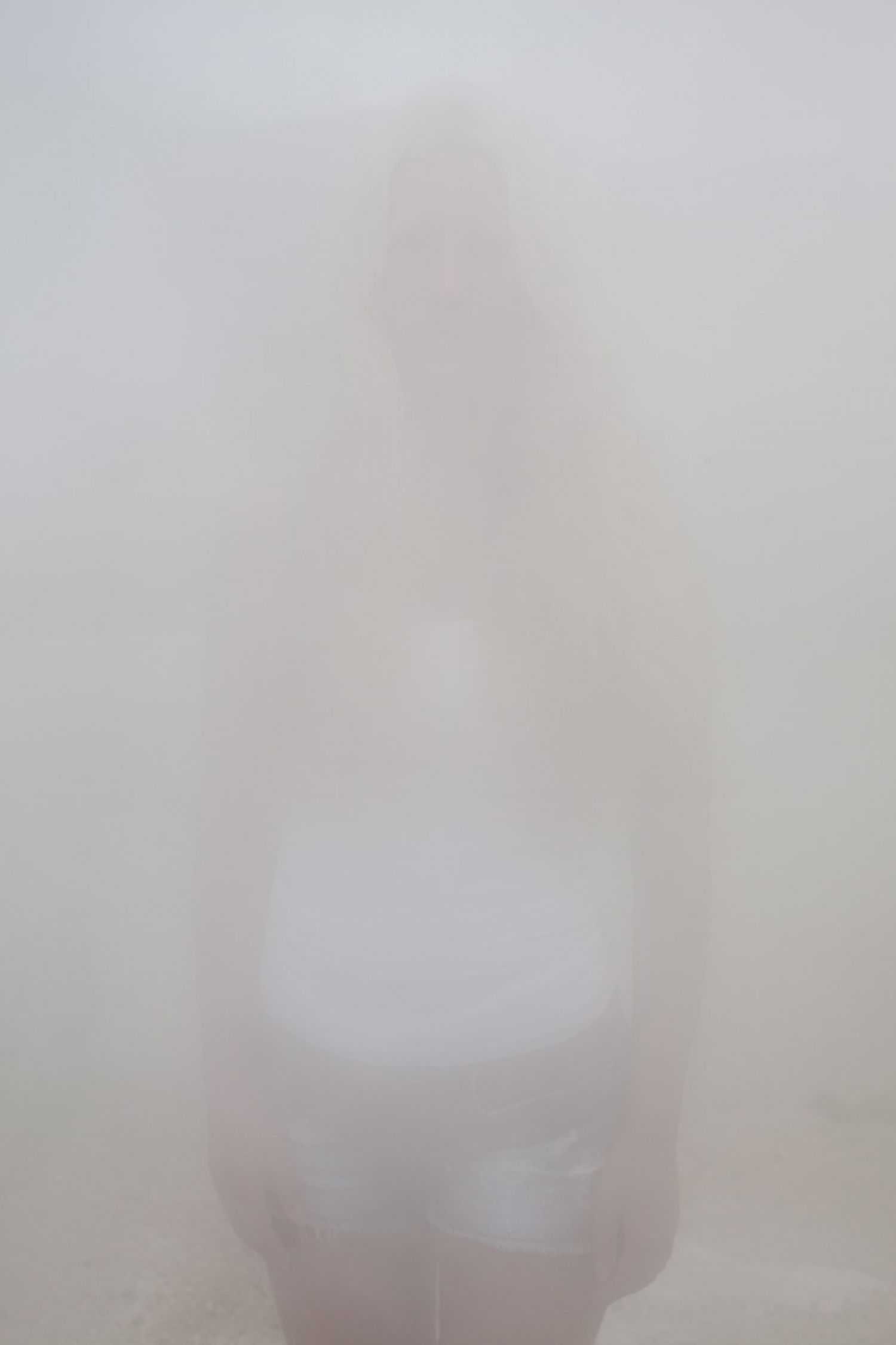
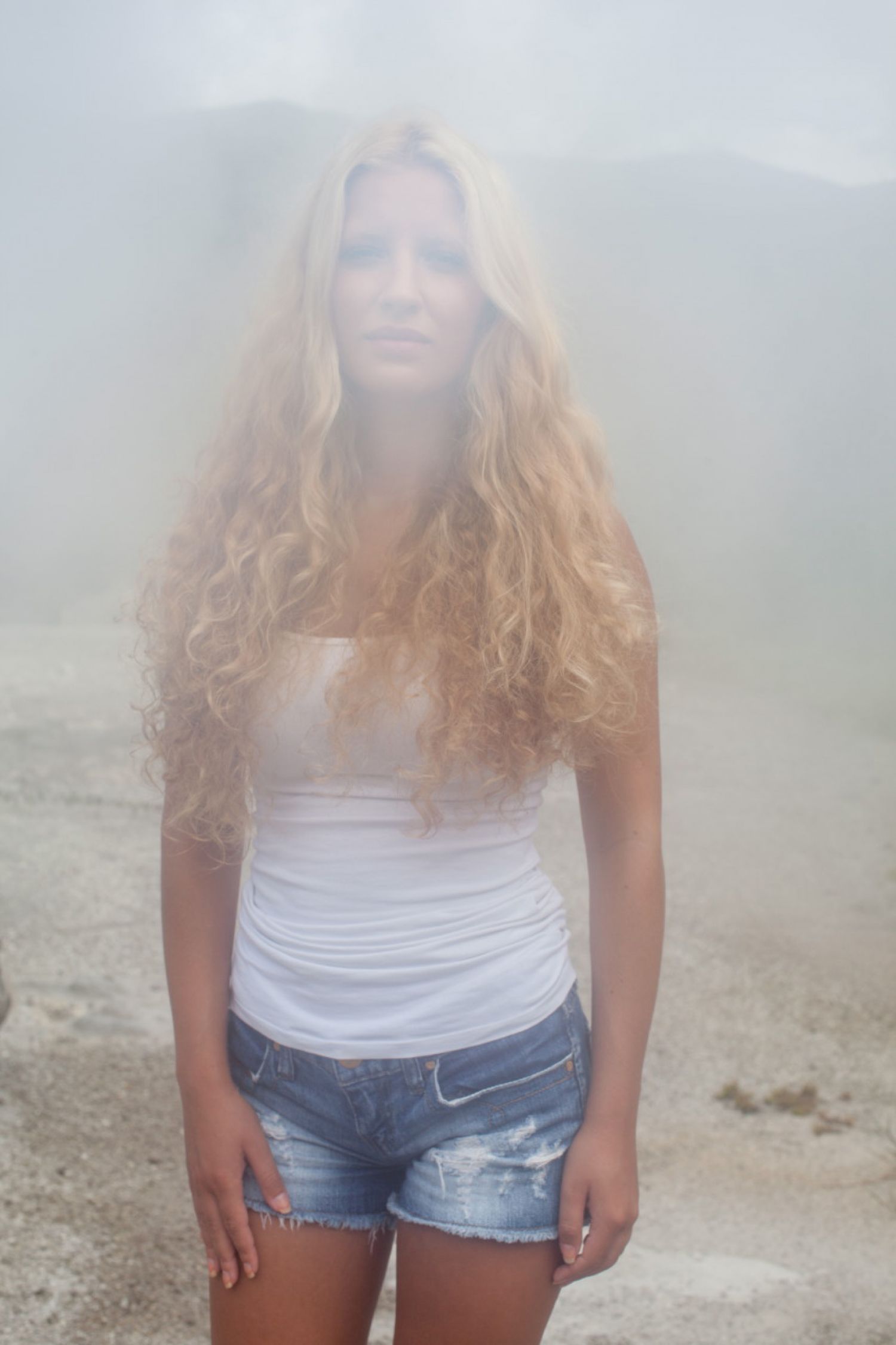
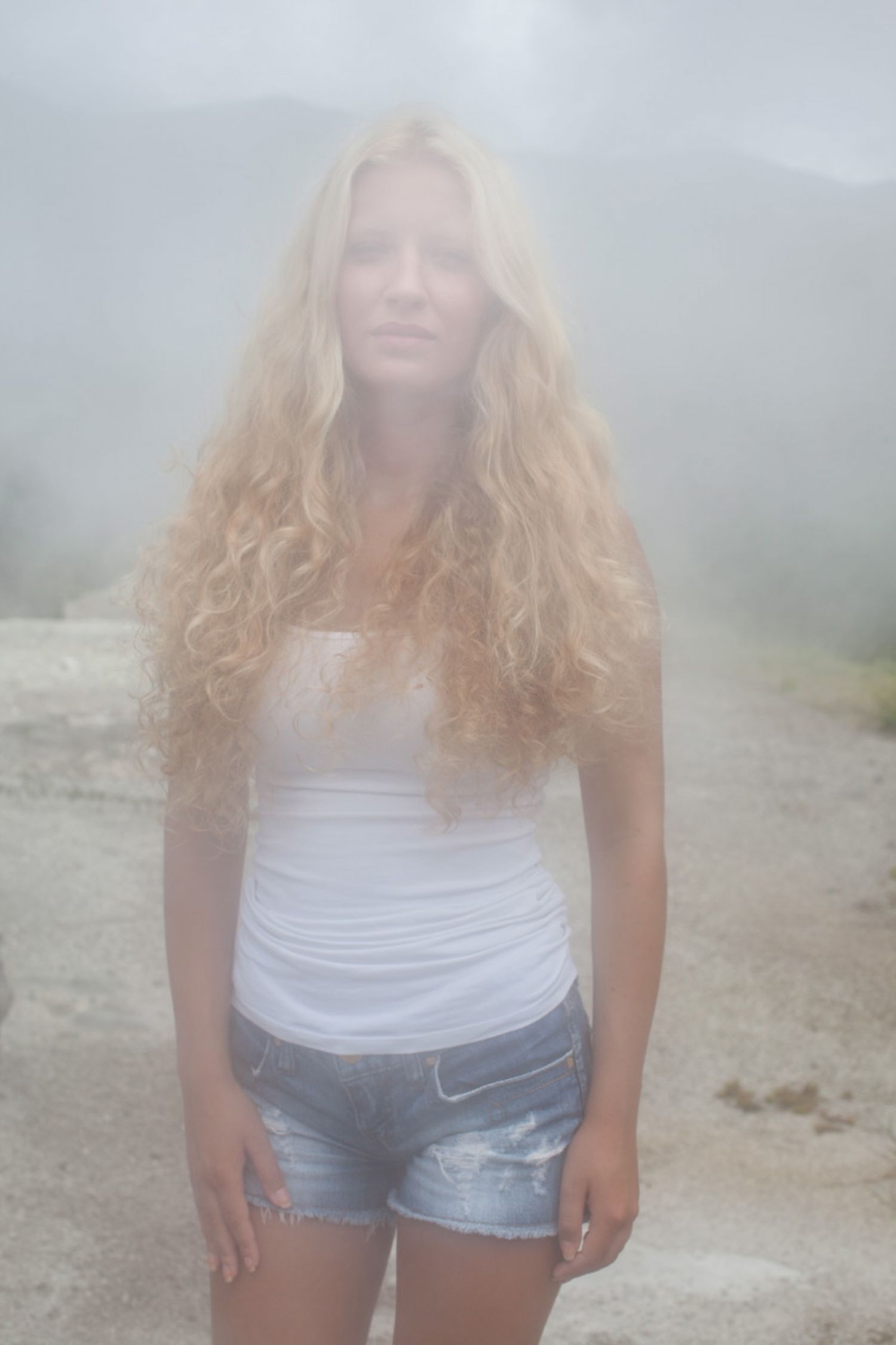
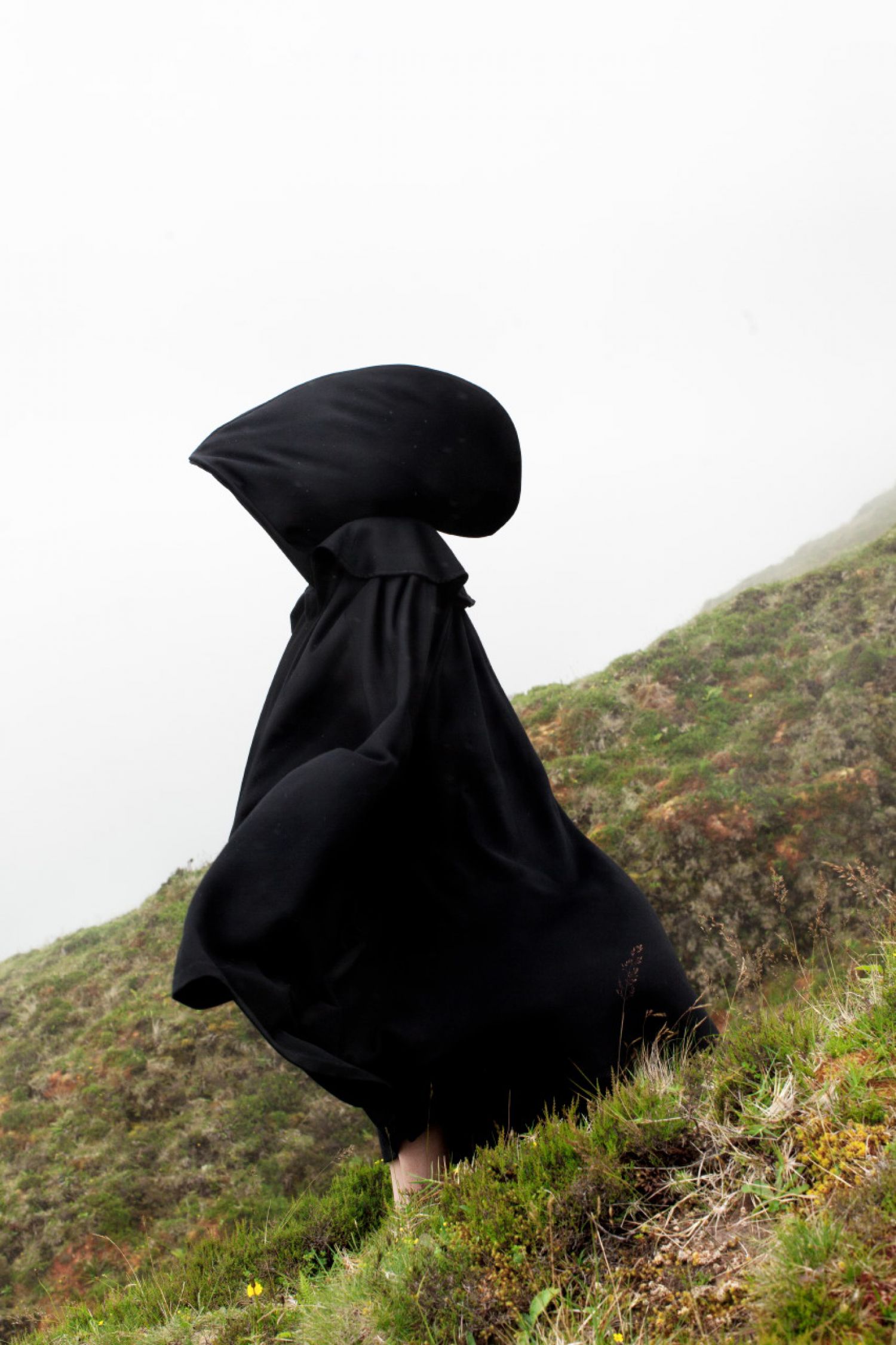
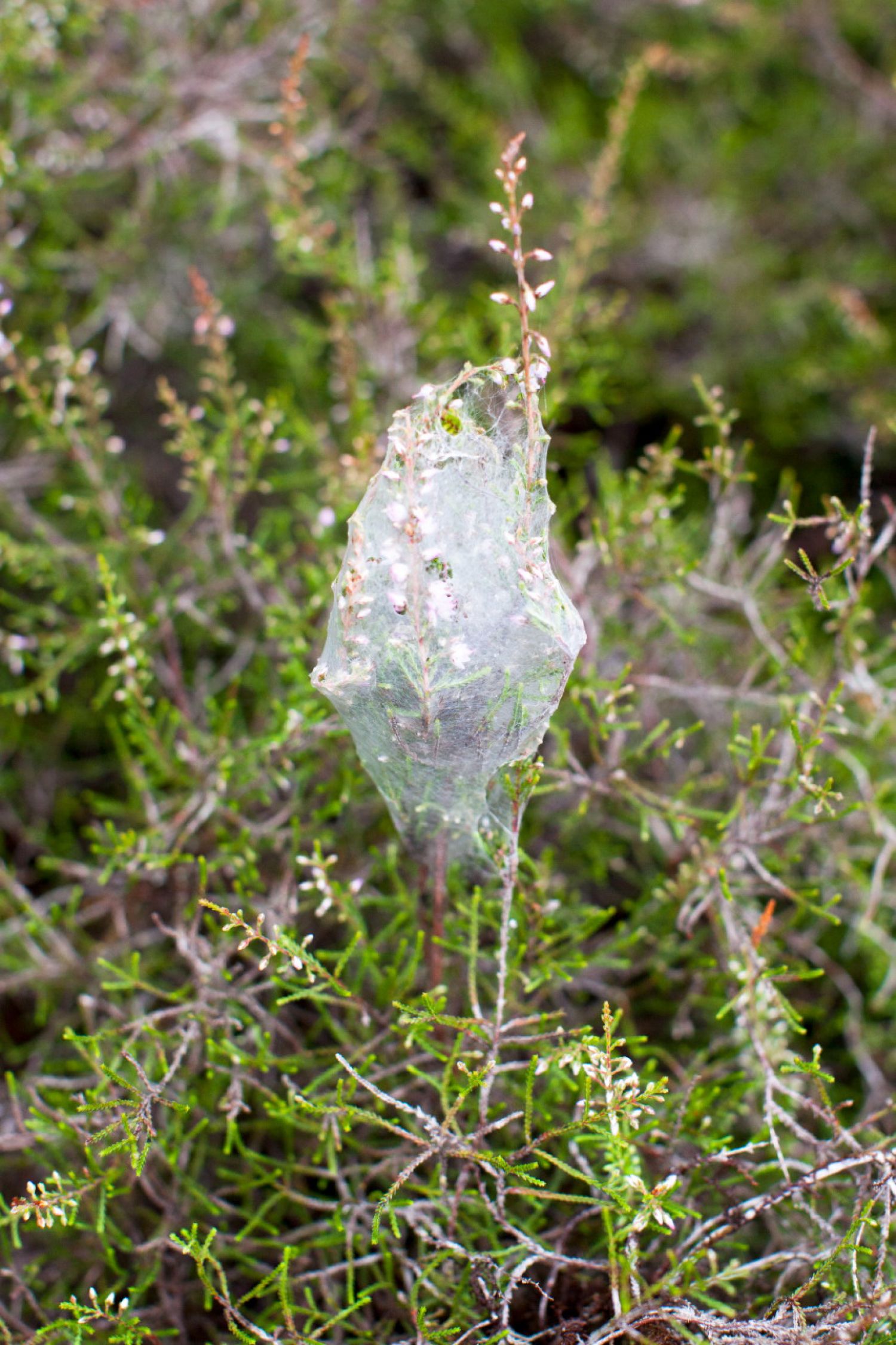
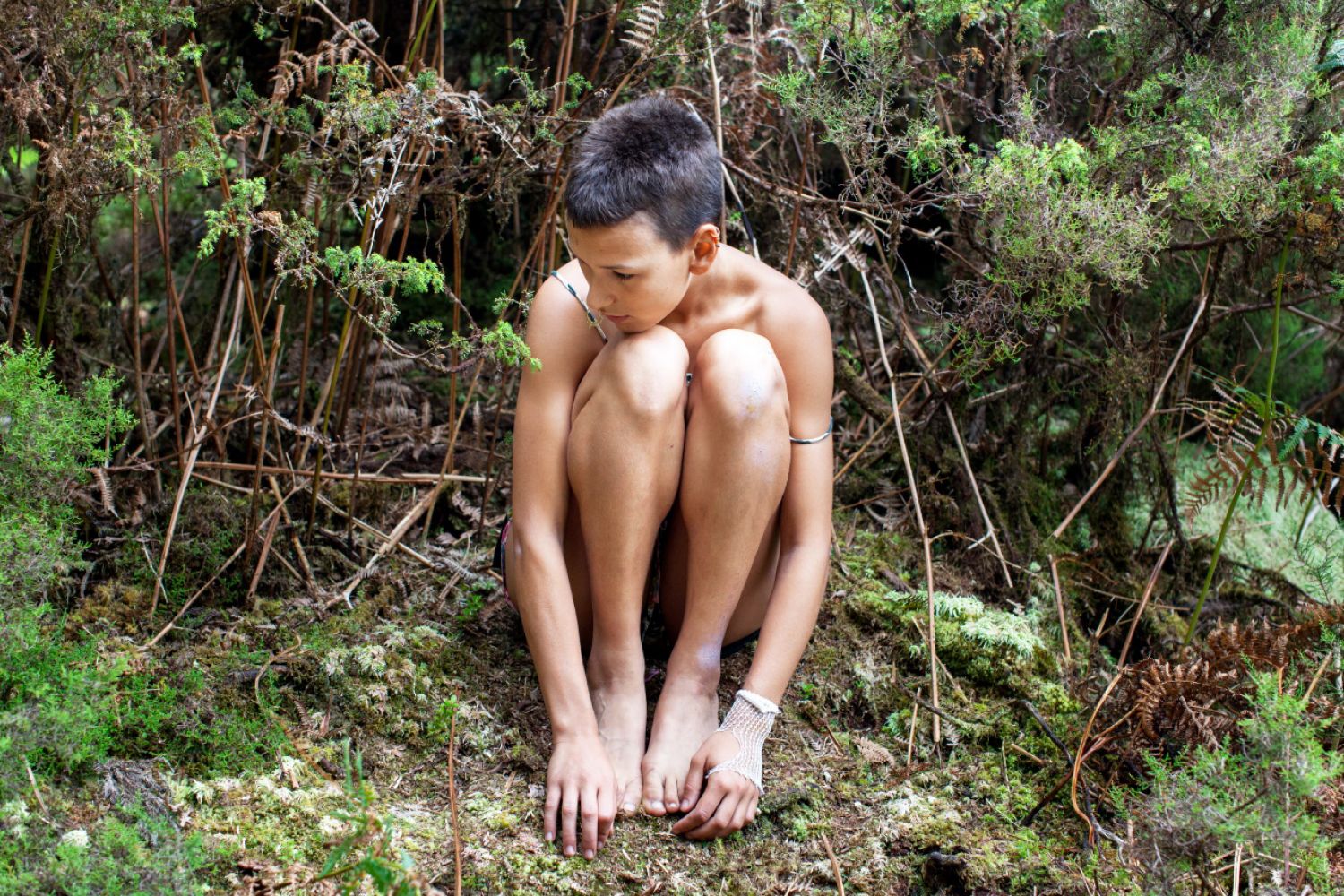
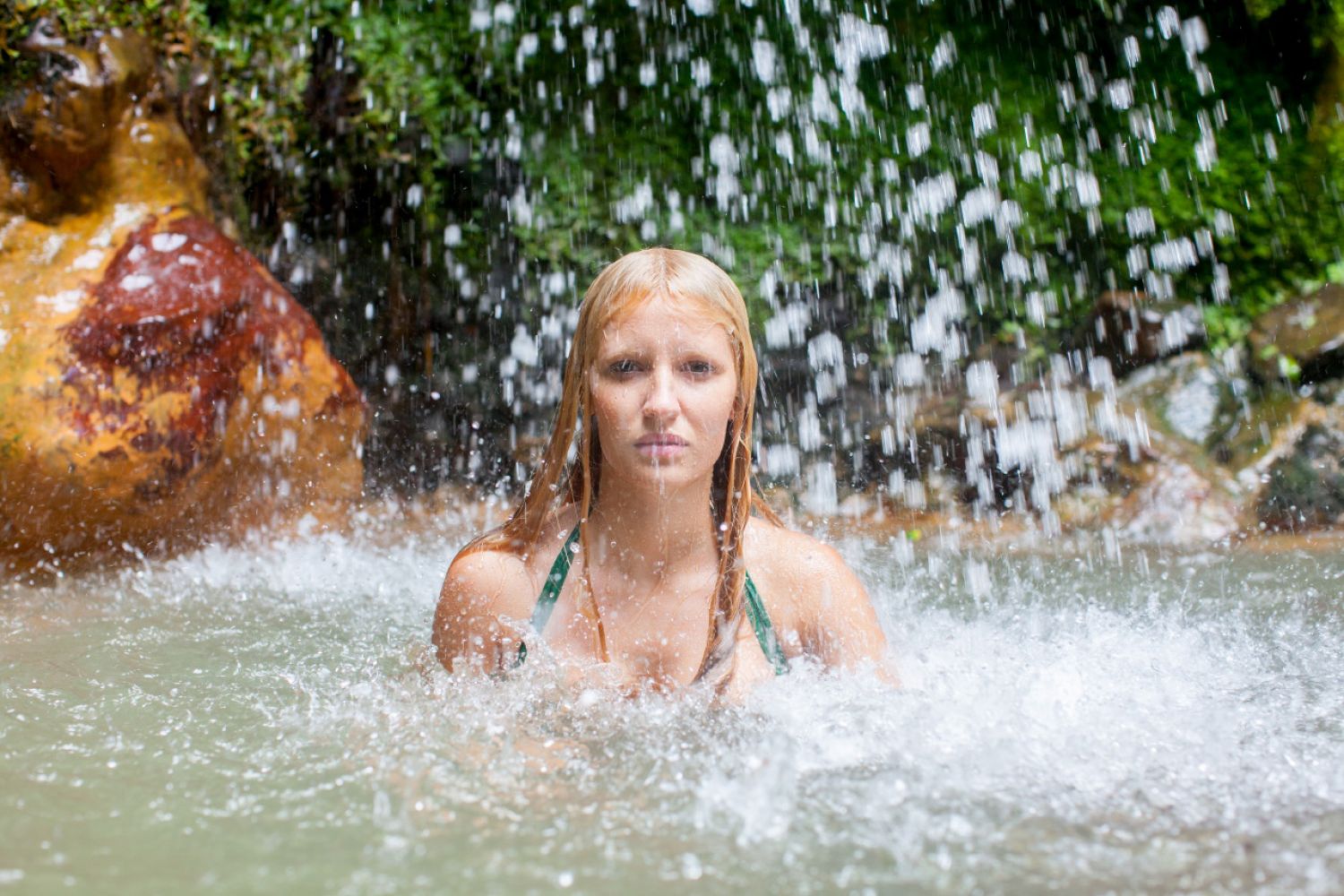
The Body on the Island
By Luísa Cardoso
For these women, on a threshold between ages, time is suspended. Likewise suspended is the memory of Sandra Rocha when she returns there, to her native Azores. Sandra crystallizes the course of time, this chronological time, biographical or historical, exposing their bodies to the time of the island, to its weather.
The island is also a body, a living volcanic body on the wild ocean. We, careless humans, walk on it, but this natural body and the atmosphere that surrounds it enters in us, affecting us, transforming us. The excessive beauty of the island is only its surface (as is the beauty of these women). It is not passive, it appeals to more than a distant contemplation, it refuses to be a mere scenario for our trajectories. The constant changes of weather in the course of a single day, the strong gusting wind that requires continuous body withstanding, the volcanic activity that left us crater-shaped lagoons which continues to create hot waters and sulphurous fumes, lush vegetation whose green does not know the winter pause, the continuous journey and transformation of the clouds, the omnipresence of the sea that limits and expands, render the island's beauty two-faced – a transient beauty that implies us in the permanent movement of its recreation.
A young woman almost disappears wrapped in the vapors exhaled by the earth, vapors with a strong sulfur emanation absorbed through her skin and affecting her senses. She enters the waterfalls, whose odor, temperature, sound and visual surroundings will also permeate her body and spirit. Another woman is in the midst of the plants and bushes, which already impregnated her body – although it is a body withdrawn into itself; she knows she cannot resist the vegetation, so she welcomes it, in the marks that were left on her skin, in the materials that her body receives.
There is also the opposite attitude, arising from the body’s need to isolate and resist. A woman of another time protects herself with the Azorean cloak. It protects her from the atmospheric conditions and the gazes of a closed circuit. The angle of her body in relation to the inclination of the slope suggests the tension to which the environment subjects it. Bodies also need protection, to gather in a home that protects them from the natural forces of the surroundings, to withdraw from involvement with the external world, to absorb introspectively the interpellation of nature. But houses, like bodies, are of little help in face of the strength of this weather, the vitality of the vegetation on this volcanic crust: humidity is also its interior atmosphere, mold easily invades the walls. Like the cocoon image, they are permeable, fragile, as porous as skin to the environment that surrounds them.
Translated from Portuguese by Katherine Sirois



